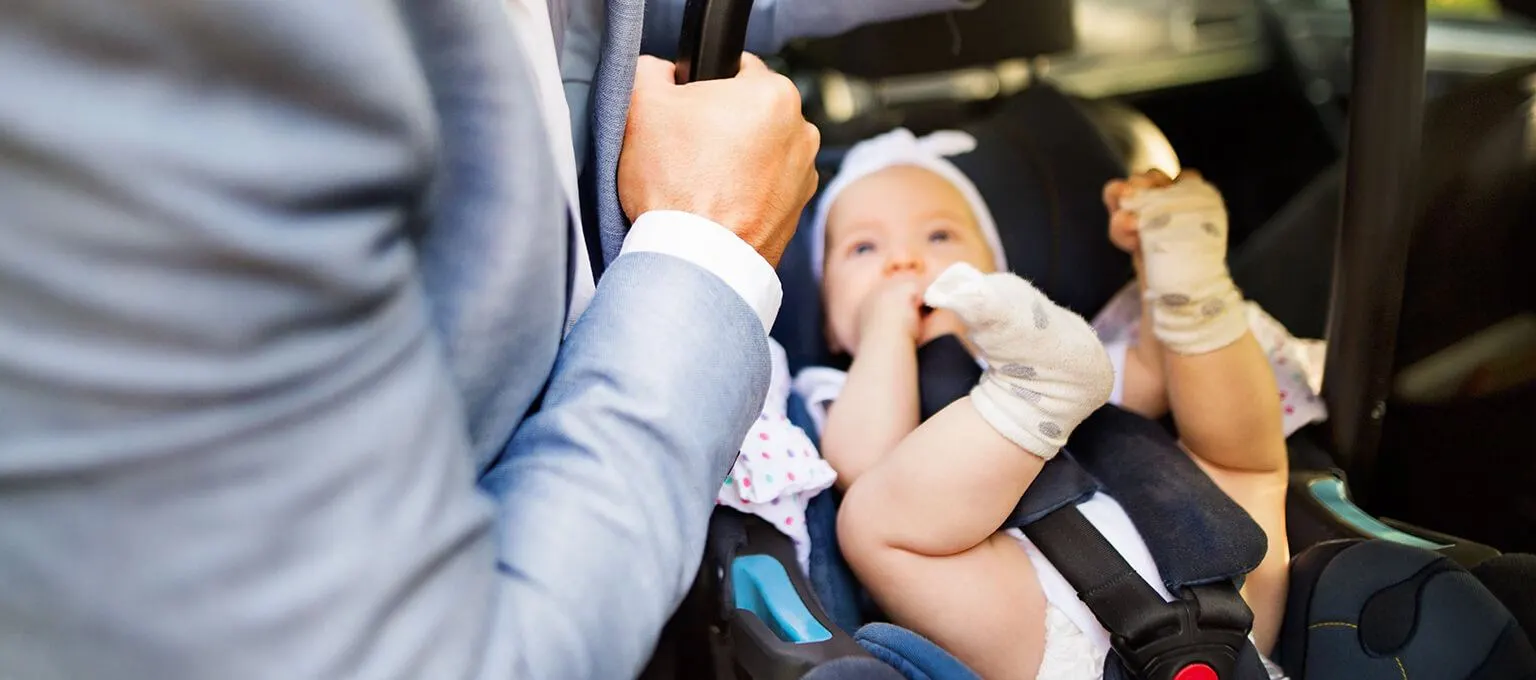Keeping Your Baby Safe in the Car: Preventing Vehicular Heatstroke
As a parent, you want to do everything possible to protect your baby. And safety is always top of mind when you're in the car with your smallest passenger. But you might not be aware of a serious threat to your baby's health and life, which is vehicular heatstroke. This can occur when a child is left in a hot car for even a few minutes, and it's the leading cause of non-crash, vehicle-related death for children under 15.
What Is Vehicular Heatstroke?
Also known as hyperthermia, heatstroke occurs when the body overheats and is not able to cool down quickly enough. Babies and young children are more at risk for this condition than adults because a child's body can overheat three to five times more quickly than an adult's body.
Overheating happens quite rapidly — it takes only 10 minutes for a car's temperature to rise 19 degrees F. When a child is left in a hot car, the major organs start to shut down when the body temperature reaches 104 degrees F. When the body temperature rises to 107 degrees F, a child can die.
It's worth knowing that vehicular heatstroke can take place when the outside temperature is as low as 57 degrees F. Also, having a window cracked or having air conditioning turned on doesn't do much to cool the car once it is hot.
What Are the Causes of Vehicular Heatstroke?
Vehicular heatstroke due to entrapment. This happens when a child climbs into an unlocked car to play and is unable to get out. Nearly 3 in 10 heatstroke deaths happen when an unattended child gains access to a vehicle. Keep your vehicle locked and keep your keys out of reach of children. Do not use the vehicle as a playing zone for your kids.
Vehicular heatstroke due to parent unknowingly leaving the child in the car. It turns out that even responsible, careful, loving parents and caregivers sometimes believe they have done something important, such as dropping off their child at daycare, when in fact they have not. This misperception may be linked to a false memory, a change in routine, or stress. Other contributing factors to kids being unknowingly left in vehicles include babies and young children being quiet or falling asleep during a car trip.
Fortunately, there are safe, smart habits you can start today to help prevent a tragedy from happening to you. Here's what to know and what to do.
Car Safety Tips
Follow this key rule always, which is: Never leave your baby or child alone in the car, or in any closed motor vehicle, not even for a minute.
Put your bag (or cell phone, or purse) in the backseat. Placing and then retrieving a frequently used item helps prompt a routine of always opening the door and checking the backseat when you get to your destination.
Before you get out of your car, look before you lock: check the backseat to make sure no children are in the car.
If someone else is transporting your child, call to make sure your child has arrived at the destination.
Keep your vehicle locked when it is not in use, so that children do not climb into the car and lock themselves in.
If you see a child alone and unattended in a car, or are concerned about a child in a car, don't hesitate: call 911 to get help.
For More Information
To learn more about car safety and vehicle-related heatstroke, check out these resources:
American Academy of Pediatrics: Prevent Child Deaths in Hot Cars
ItsThatSerious.org
Join a World of Support
through Pregnancy and Parenthood.
TRACK WITH TOOLS
LEARN WITH EXPERTS
GET REWARDED












